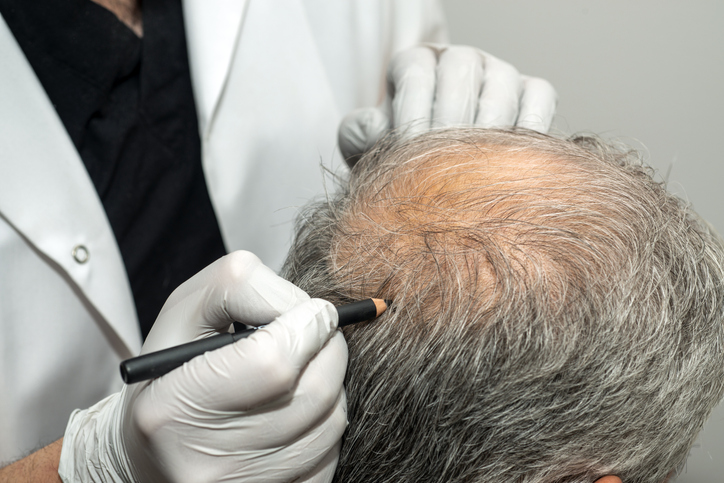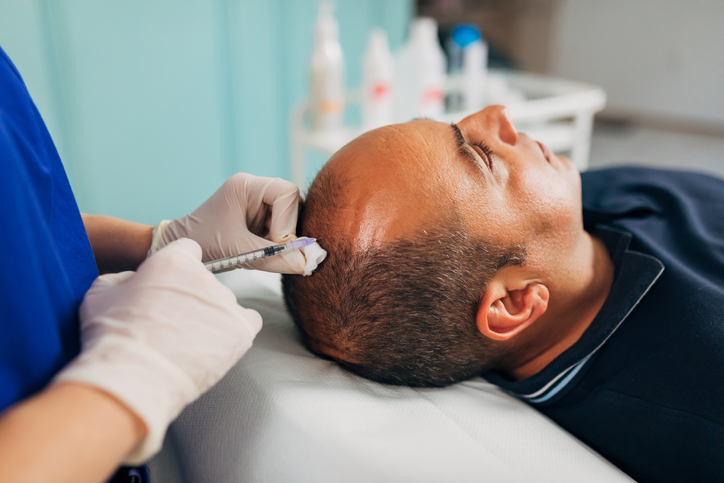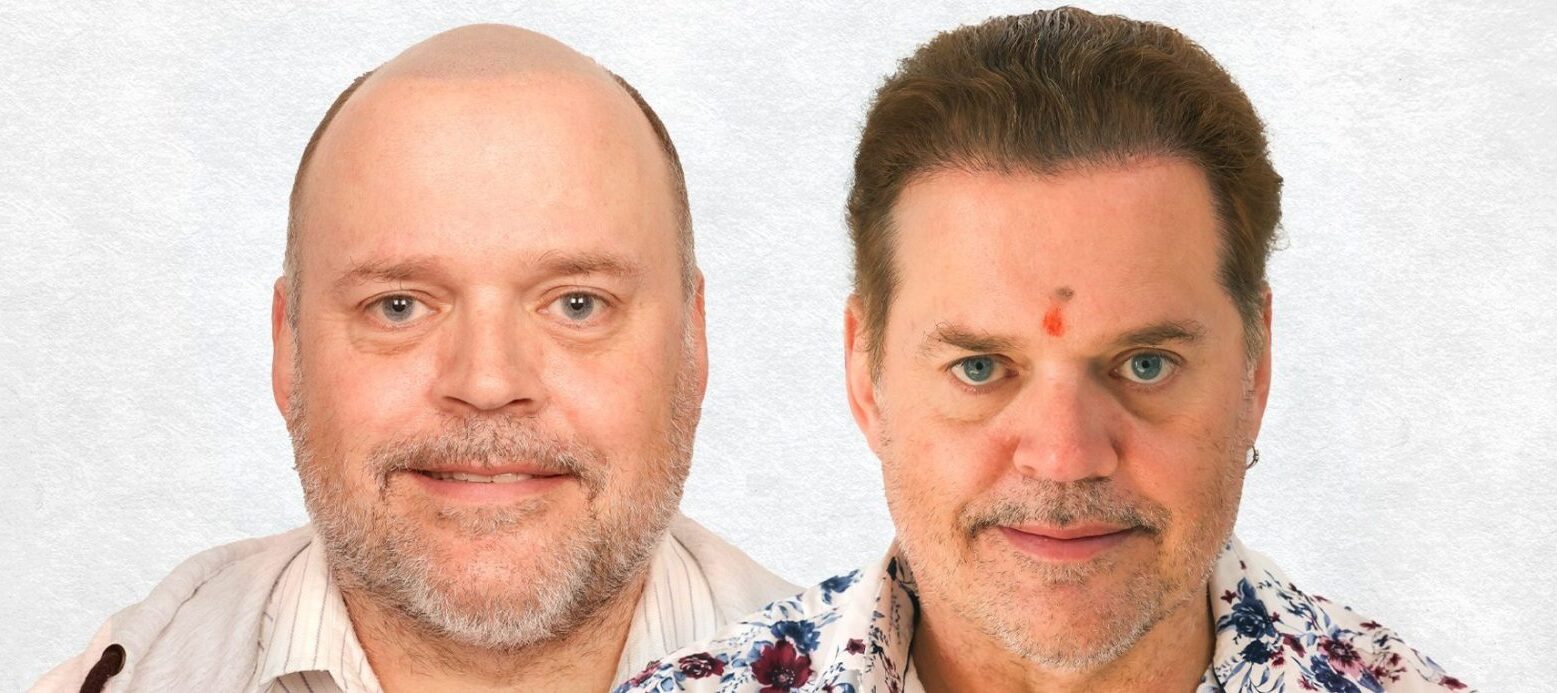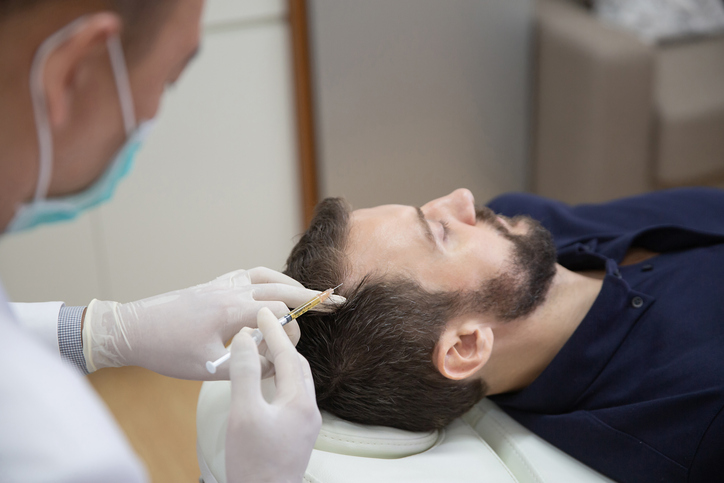FUE (Follicular Unit Extraction) hair transplant has emerged as an effective solution for hair restoration. If you are considering an FUE hair transplant, scheduling a consultation with a reputed clinic that has qualified surgeons is an essential step. This consultation provides an opportunity to gather important information, address concerns, and ensure that you have a clear understanding of the procedure. To make the most out of your consultation, here are some crucial questions to ask.
Ask about experience and the surgeons on board with the clinic?
Start by asking about the surgeons, their qualifications and experience in performing FUE hair transplants. Inquire about their training, and the number of procedures they have performed. It is important to ensure that you are entrusting your hair restoration journey to a skilled and experienced professional.
Before and After Results:
Ask the clinic to share before and after photos of patients who have undergone FUE hair transplants. This will give you an idea of the surgeon’s expertise and the quality of their work. Examining these photos can help you visualize the potential results and determine if their aesthetic approach aligns with your expectations.
What is the success rate of FUE hair transplants at the clinic?
Inquire about the success rate of FUE hair transplants. A reputable clinic will be transparent about their success rate and will provide you with realistic expectations. They will explain the factors that may affect the success of the procedure, such as the condition of your donor area and the extent of your hair loss.
What is the procedure for extracting hair follicles in FUE?
Ask the clinic to explain the procedure for extracting hair follicles in FUE. They should provide a detailed description of how the hair follicles are harvested from the donor area, the tools and techniques used, and the overall process. Understanding the procedure will help you feel more informed and prepared for what to expect during the surgery.
How will you determine the number of grafts needed for my hair transplant?
Every individual’s hair loss pattern and goals are unique. Ask the clinic how they determine the number of grafts needed for your specific case. They should conduct a thorough evaluation of your hair loss, examine your donor area, and take into account factors such as your hair density and desired hairline. This evaluation will enable them to provide an accurate estimate of the number of grafts required for optimal results.
What is the expected recovery period and post-operative care?
Inquire about the expected recovery period after the FUE hair transplant and the post-operative care required. Ask about any limitations or restrictions during the recovery phase and how long it may take for the transplanted hair to start growing. Understanding the recovery process and the necessary post-operative care will help you plan accordingly and ensure a smooth healing journey.
What are the potential risks and complications associated with FUE hair transplants?
While FUE hair transplants are generally safe, it is important to be aware of potential risks and complications. Ask the clinic about the potential side effects, such as swelling, discomfort, or temporary shock loss. Discuss any concerns you may have and how they can be addressed or minimized.
Are there any alternative treatments or complementary therapies available?
Inquire about any alternative treatments or complementary therapies that may be available for your specific hair loss condition. The surgeon may suggest additional treatments such as PRP (Platelet-Rich Plasma) therapy or medications to complement the FUE hair transplant and optimize results. It is important to explore all options and discuss the potential benefits of these treatments.
What is the overall cost of the FUE hair transplant?
Discuss the cost of the FUE hair transplant with the clinic. Inquire about the breakdown of the cost, including pre-operative evaluations, the procedure itself, post-operative care, and any necessary medications. It is essential to have a clear understanding of the financial investment involved to make an informed decision.
Can you provide testimonials or references from previous patients?
Ask the clinic if they can provide testimonials or references from previous patients who have undergone FUE hair transplants. Speaking to someone who has firsthand experience can provide valuable insights and help you gain a better understanding of the surgeon’s expertise and patient satisfaction.
Remember, a consultation is an opportunity for you to gather information and address any concerns you may have about the FUE hair transplant procedure. By asking these important questions, you can make an informed decision and choose a qualified surgeon with a reputed clinic who can guide you through the hair restoration process, ensuring the best possible results.Why FUE Hair Transplant is a Popular Choice
Hair loss can be a distressing experience for both men and women, impacting self-confidence and overall well-being. Fortunately, advancements in medical technology have provided effective solutions, with Follicular Unit Extraction (FUE) hair transplant emerging as a popular choice. FUE is a minimally invasive procedure that offers numerous benefits, making it an attractive option for individuals seeking to restore their hair. In this article, we will explore the reasons why FUE hair transplant has gained popularity.
Scarless and Minimally Invasive Technique: One of the key advantages of FUE hair transplant is that it is a scarless and minimally invasive procedure. Unlike the traditional Follicular Unit Transplantation (FUT) technique, which involves the removal of a strip of scalp and leaves a linear scar, FUE uses a precise extraction method. Individual hair follicles are extracted from the donor area using a specialized punch tool, resulting in tiny, round scars that are virtually invisible. This scarless approach appeals to individuals who prefer a discreet and natural-looking outcome.
Natural and Undetectable Results: FUE hair transplant provides natural and undetectable results. The extracted hair follicles are carefully transplanted into the recipient area, following the natural hair growth pattern and angle. This meticulous approach ensures that the transplanted hair blends seamlessly with the existing hair, creating a natural appearance. The outcome is hair that looks and feels authentic, allowing individuals to regain their confidence and enjoy a fuller head of hair without anyone detecting that they have undergone a hair transplant.
Minimal Downtime and Faster Recovery: Compared to other hair restoration procedures, FUE hair transplant offers minimal downtime and faster recovery. The procedure is performed on an outpatient basis, and most individuals can resume their regular activities within a few days. The small, circular scars in the donor area heal relatively quickly, and any discomfort is manageable with prescribed medication. The faster recovery time allows individuals to return to work and their daily routines sooner, minimizing disruption to their lifestyle.
Versatility and Flexibility: FUE hair transplant offers versatility and flexibility in terms of the number of grafts that can be extracted and transplanted. This flexibility is particularly beneficial for individuals with limited donor hair or specific hair restoration goals. Whether the goal is to restore a receding hairline, address thinning hair in certain areas, or achieve overall hair density, FUE can be tailored to meet individual needs. The ability to precisely extract and transplant individual follicles allows for a customized approach that delivers optimal results.
Reduced Risk of Complications: The FUE technique carries a reduced risk of complications compared to traditional hair transplant methods. The minimally invasive nature of the procedure minimizes the risk of infection, bleeding, and nerve damage. The use of local anaesthesia ensures a comfortable experience during the surgery. Furthermore, the individual extraction and transplantation of hair follicles reduce the likelihood of graft rejection or failure. The reduced risk of complications provides peace of mind for individuals undergoing the procedure and contributes to the overall positive experience.
Long-lasting and Permanent Results: FUE hair transplant provides long-lasting and permanent results. The transplanted hair follicles are typically taken from the back or sides of the scalp, which are genetically resistant to balding. These follicles retain their characteristics even after transplantation, meaning they will continue to grow and thrive in their new location. As a result, individuals can enjoy a fuller head of hair that lasts a lifetime. The permanency of the results allows individuals to embrace their restored hair with confidence and without the need for ongoing treatments or maintenance.
In conclusion, FUE hair transplant has gained popularity as a preferred choice for hair restoration due to its scarless and minimally invasive nature, natural and undetectable results, faster recovery time, versatility, reduced risk of complications, and long-lasting outcomes. The ability to achieve a fuller head of hair with a minimally invasive procedure has transformed the lives of many individuals experiencing hair loss. If you are considering a hair transplant, consulting with an experienced surgeon can help determine if FUE is the right option for you and provide personalized recommendations based on your unique needs and goals.Hair Transplant Before and After: Dealing with Scarring and Donor Area
Hair transplant surgery is a popular and effective solution for individuals seeking to restore their hairline and regain a fuller head of hair. While the procedure can yield remarkable results, it’s important to address the potential concerns related to scarring and the donor area. Understanding how these factors are managed before and after a hair transplant can help individuals make informed decisions and have realistic expectations. In this article, we will explore the considerations and strategies involved in dealing with scarring and the donor area during the hair transplant journey.
Before the Hair Transplant:
During the preoperative phase, a thorough evaluation is conducted to assess the donor area and determine the appropriate technique for the hair transplant procedure. The donor area is the region from which hair follicles are extracted for transplantation. It is typically located at the back or sides of the scalp, where hair growth is genetically resistant to balding.
Minimising Donor Area Scarring:
Experienced hair transplant surgeons employ techniques to minimise scarring in the donor area. One widely used method is Follicular Unit Extraction (FUE), where individual hair follicles are extracted using tiny punches. This technique leaves small, round scars that are often barely noticeable and easily concealed by surrounding hair.
Another technique is Follicular Unit Transplantation (FUT), also known as strip harvesting. In this method, a strip of hair-bearing skin is removed from the donor area, and hair follicles are extracted from that strip. The incision is then meticulously closed using sutures or staples. While FUT may result in a linear scar, skilled surgeons use advanced closure techniques to minimize scarring and ensure it remains discreet.
After the Hair Transplant:
After the procedure, both the donor area and the recipient area (where the transplanted hair is placed) require proper care and attention to promote healing and minimise any potential scarring.
Managing Donor Area Healing:
Following the hair transplant, it is essential to follow post-operative instructions provided by the surgeon. This typically includes gently washing the scalp, avoiding excessive rubbing or scratching, and keeping the donor area clean and dry. Applying appropriate medications and following a recommended hair care routine can help expedite the healing process and minimise the visibility of any scarring.
Scarring and its Evolution:
It’s important to note that scarring is a natural part of the healing process, and it will occur to some extent after any surgical procedure. However, the visibility and texture of the scars can vary depending on several factors, such as the individual’s healing ability, the surgical technique employed, and the post-operative care. In most cases, the scars gradually fade over time and become less noticeable, especially when proper care is taken during the healing process.
Camouflaging Scarring:
There are various techniques and options available to help camouflage any potential scarring in the donor area. These include:
– Hairstyling: The surrounding hair can be styled to cover the donor area, making any scars or signs of the transplant less visible.
– Scalp Micropigmentation (SMP): SMP is a non-invasive procedure that involves tattooing tiny, pigmented dots on the scalp to create the illusion of hair density and camouflage any scarring.
– Hair Products: Certain hair products, such as concealers, powders, or fibres, can be applied to the donor area to minimise the appearance of scars or thinning.
Beard or Body Hair Transplant: In cases where the donor area is limited, hair follicles can be extracted from other parts of the body, such as the beard or chest, to minimise the impact on the scalp’s donor area.
Consulting with an experienced hair transplant surgeon is crucial in understanding the best approach for managing and camouflaging any potential scarring in the donor area. They can provide personalised recommendations based on individual needs and hair characteristics.
In conclusion, scarring in the donor area is a common concern for individuals considering a hair transplant. However, advancements in surgical techniques and post-operative care have significantly minimised the visibility of scars. By selecting an experienced surgeon, following proper post-operative instructions, and exploring available options for scar management, individuals can achieve natural-looking results with minimal scarring. Understanding the potential challenges and strategies involved in dealing with scarring and the donor area is essential in making informed decisions and embracing the transformative benefits of a hair transplant.





